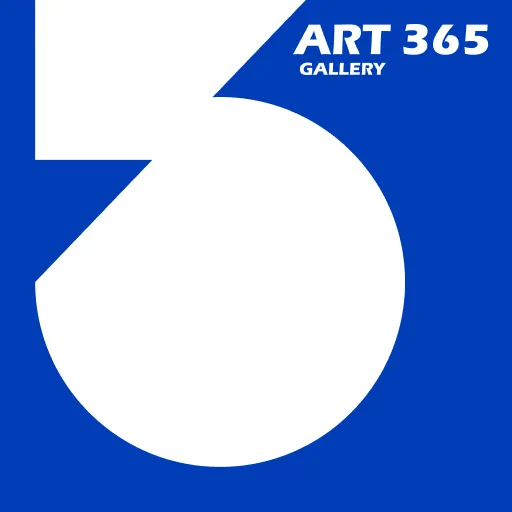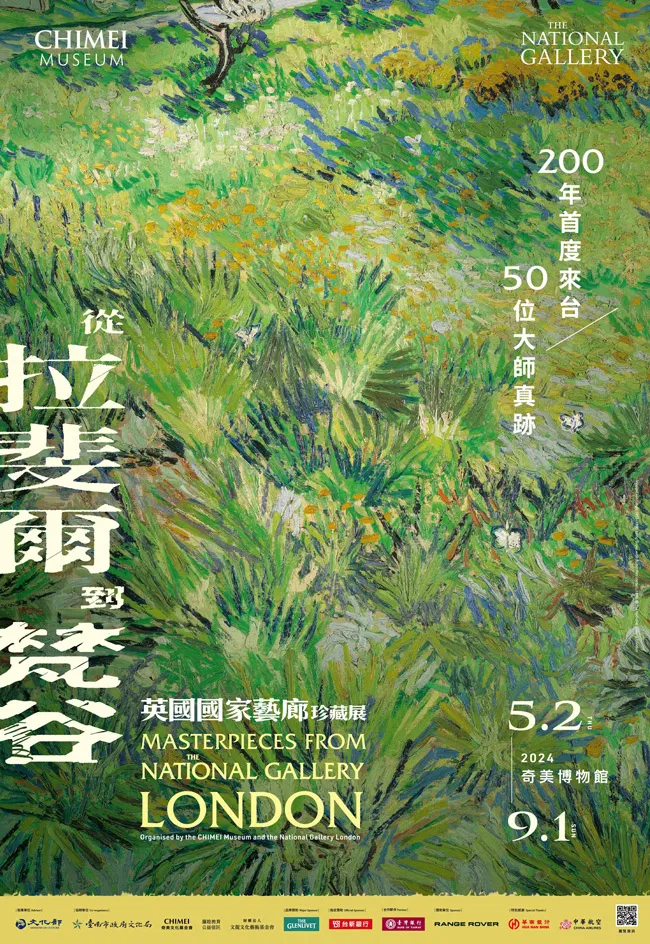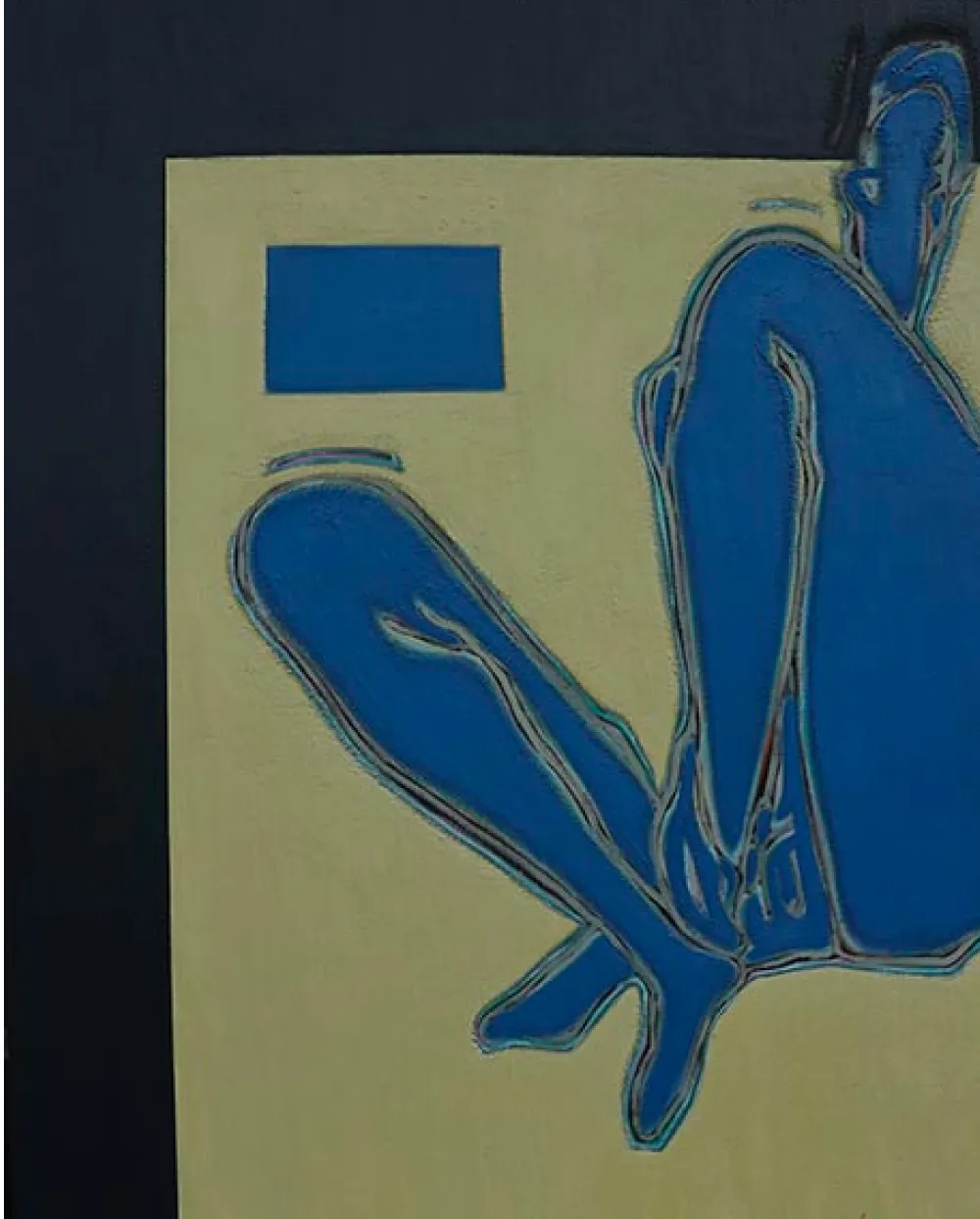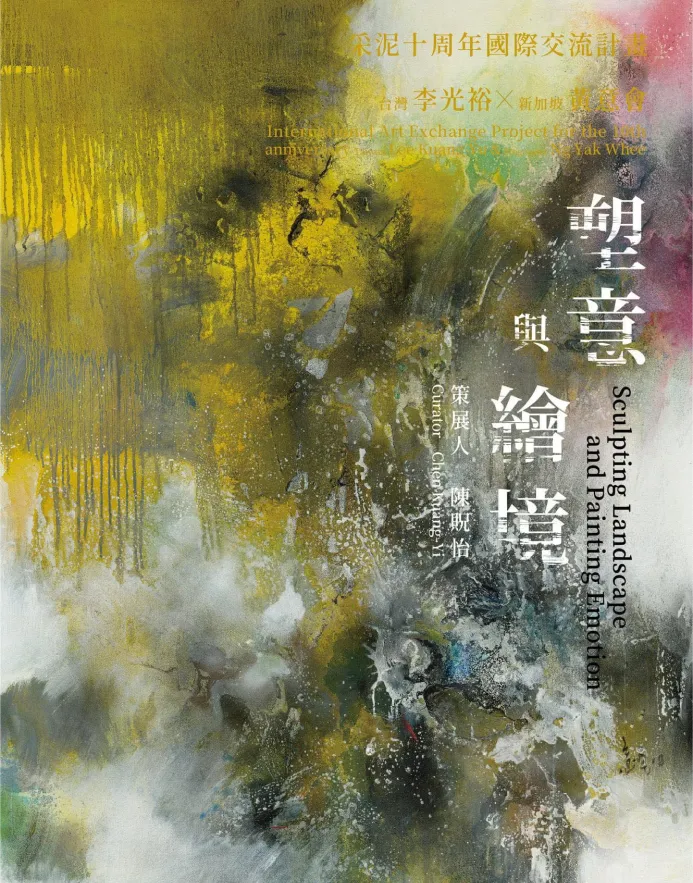curationIt is a way of connecting the arts with the public through creative thinking and integration of resources, so thatGallery ExhibitionsSpecialized work with more economic and cultural impact.
curationThis article will provide information on the definition of curating, how to curate, and other related information.
What is curation? Definition of Curating

curationEarly definitions of curation mainly referred to the conception, organization and management of gallery exhibition activities. However, as art exhibitions have evolved, so has the concept of curation.
Nowadays, curating is not only limited to art exhibitions, but also covers the fields of cultural creativity and art culture. Curating is a process that promotes the connection between art and the public through creative thinking and resource integration.
The purpose of curation is to enable events, exhibitions and performances to achieve their economic and cultural effects in a more systematic and professional manner.
curatorial meaning
The word "curation" has two meanings in English, one is "art curation", which is Curating, and the other is "content curation", which is Content Curation.
The following is an introduction to the meaning of curation:
- Curating: Curating is a professional art field that performs the business of collecting, preserving, researching, selecting, arranging and interpreting a wide range of works of art.
- Content Curation: Content curation is the process of assembling large amounts of information by content curators in specific areas of the arts such as media, editorial, and marketing.
Curatorial Classification
- Permanent curation: refers to the regular exhibition activities held in non-profit organizations such as museums, galleries, and art galleries.
- Independent curation: refers to exhibition activities organized by individuals or groups on their own, such as car shows and fashion shows.
The Difference Between Curating and Event Planning
Although curating and event planning are both planning, the nature of the work is very different, and the following is a comparison of the differences between the two:
| Differential Items | curation | Event Planning |
|---|---|---|
| purposefulness | Scale and pace of the exhibition | Creative content and marketing |
| Job Nature | Responsible for exhibitions and arts and cultural activities | Branding and Marketing |
| Job Description | Theme Concept, Space Setting, Exhibition Experience | Content coordination, budget scheduling, on-site execution, marketing and publicity strategies. |
The line between curating and event planning is currently blurred in Taiwan, as modern curatorial firms emphasize content creativity in addition to exhibitions.
Therefore, in the future, the positioning of curatorial and event planning may become more and more similar, or be integrated across borders.
What is the curatorial process? How to curate an exhibition?

How do I start curating art? Below is a list of the 5 major processes of curation:
- Idea proposal, curatorial content: based on the theme of the work, confirm the curatorial direction, purpose and audience, and plan specific curatorial details.
- Developing a Marketing Plan: It is essential to develop a precise marketing plan.
- Arrangement of the exhibition venue: planning of the exhibition route, display of works, placement, manpower allocation, etc.
- Retaining active assets: The curator must keep paper records, photos, and videos of the curatorial process for future analysis and review.
- Post-Exhibition Evaluation and Optimization: It is extremely important to examine the results of the curatorial work and to think about better recommendations for the next exhibition.
Why Curate? Benefits and Purposes of Curating

Why do artists curate? There are three main benefits of curating:
Curators can create a stage of their own, creating great opportunities to promote their goods, skills or services to potential customers.
1. Communicating ideas and perspectives
The purpose of curation is toCommunicating ideas to the publicThe purpose of an exhibition may vary according to the theme or type of exhibition. Different themes or types of exhibitions may serve different purposes.
For example, art exhibitions are mainly intended to convey concepts and educate the public, while commercial exhibitions aim to increase business by presenting product advantages to the public.
2. Increasing brand visibility
Curated exhibitions are a platform to reach a large number of people quickly. Exhibitions with specific themes that appeal to specific audiences are a great opportunity to increase exposure.
Through curation, we can also show the concept and imagery of our works and let more people know about our works, so as to enhance the visibility of our works and brands.
3. Establishing and maintaining customer relationships
In addition to the artist's fan base and clientele, art curation can also establish a deep connection and interaction with effective human resources.
For example, forums, workshops and other activities will bring together talents in the art world. In the process of exchanges between artists and related professionals, through the image and concept of the works in the exhibition, whether it is for fund-raising or finding inspiration and partners, it will be of great help.
The above is a brief summary of curatorial concepts, if you want to know more about curatorial knowledge, we recommend ART365 online gallery to you.
Gallery Curatorial Team Preferred: ART365 Museum of Art

ART365 Online Gallery provides professional art brokerage services, art curation and exhibition promotion.
ART365 Gallery is an art trading platform with over 10,000 artworks and over 3,000 artists.
ART365 Professional Services
- Professional Curatorial Team: A professional team of artists, curators and designers will organize the offline exhibition.
- Buy and Sell Paintings Online: Utilizing an online platform to make buying and selling paintings more convenient.
- Physical galleries: In addition to online platforms, physical galleries are also available for visitors to view exhibitions.
- Professional Art Advice: ART365's professional team will provide you with the necessary expertise.
ART365 Contact Information
- Address:No.299, Lung Mun 1st Street, Xitun District, Taichung City, Taiwan.
- Business Hours: Weekdays 10:00 - 16:00 (Closed on Saturdays)
- Contact Phone: 04-22512787
- Official Website:ART365 Gallery FB|ART365 Art Gallery IG
For more information on arts promotion and curation, please contact ART365 Online GalleryPlatform.








